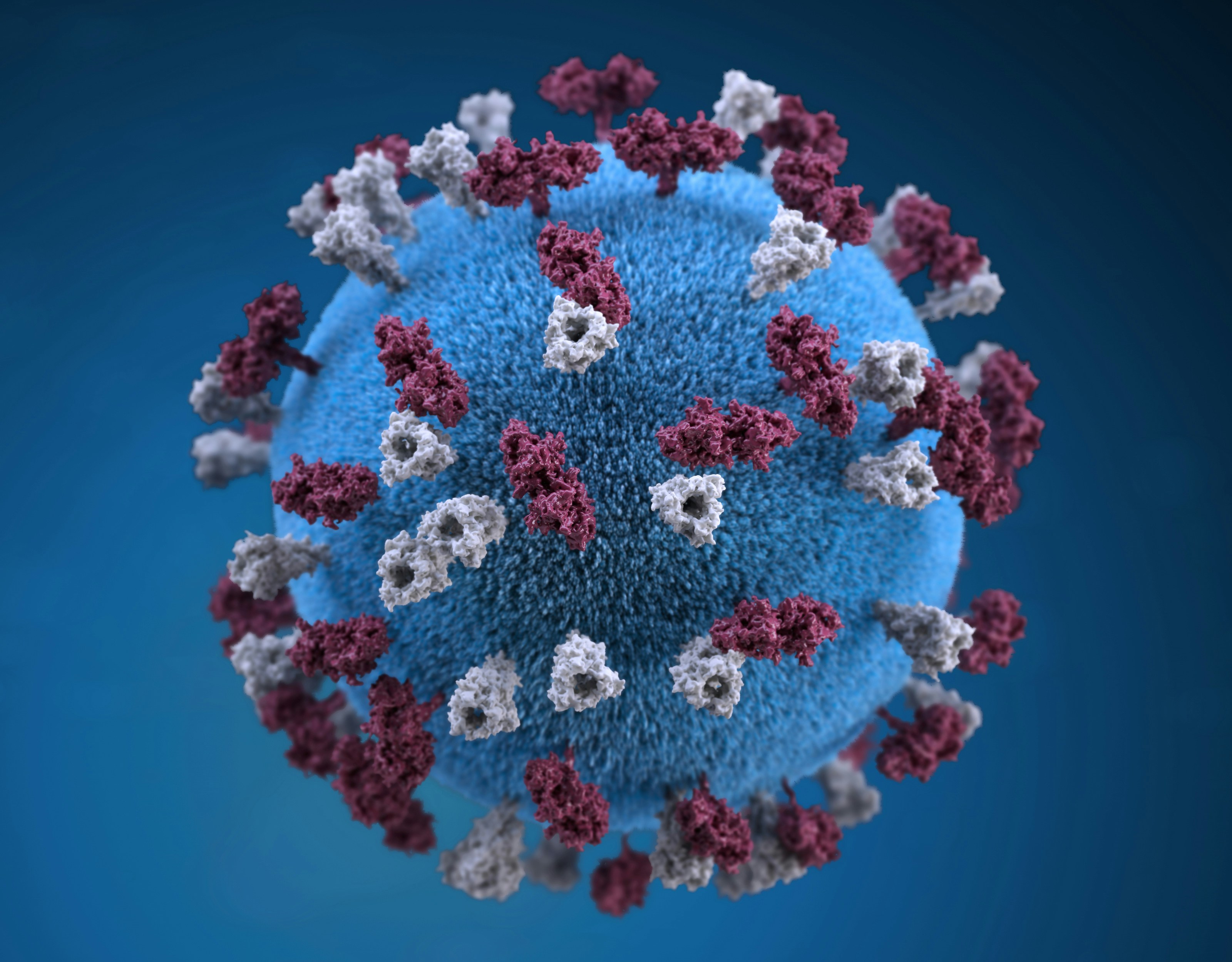Bird Flu Cases Rise, Prompting Increased Surveillance
Health officials monitor a surge in bird flu cases, implementing measures to prevent potential human transmission.
Tuesday, April 29, 2025
Health officials worldwide are scrambling to contain a sharp rise in avian influenza (H5N1) cases, with outbreaks reported in 45 countries and over 200 million birds culled since January 2023. The highly pathogenic strain, now endemic in wild bird populations, has sparked fears of potential human transmission as mutations detected in mammals like minks, seals, and foxes suggest increasing adaptability. The World Health Organization (WHO) has elevated its pandemic risk assessment to Phase 3 (evidence of animal-to-human spread but no sustained human transmission), urging nations to bolster surveillance and vaccine stockpiles.
Outbreak Overview: Scale and Hotspots
Global Spread:
Americas: U.S. reports outbreaks in 32 states, including 12 commercial poultry farms in Iowa and Minnesota.
Europe: UK and France face record cases, with 8 million birds culled in France’s Dordogne region.
Asia: China confirms H5N1 in 18 provinces; Cambodia reports two human cases linked to poultry.
Wildlife Impact:
Peru: 22,000 wild seabirds (pelicans, boobies) dead since January.
Poland: 1,400 dead cats test positive for H5N1, marking first large-scale mammal spillover.
Virus Evolution and Transmission Risks
Mutation Alert:
A PB2 E627K mutation, detected in minks from Spain and seals in the North Sea, enhances viral replication in mammalian cells.
WHO warns the mutation could reduce barriers to human infection but stresses no confirmed human-to-human transmission.
Human Cases:
2023 Totals: 14 human infections (7 fatal), including a Chilean farmworker and a Cambodian child.
Symptoms: Severe respiratory distress, conjunctivitis, and multi-organ failure in fatal cases.
Pandemic Preparedness:
The U.S. has stockpiled 20 million doses of H5N1 vaccine (GSK’s Audenz), while the EU fast-tracks Moderna’s mRNA avian flu vaccine.
Public Health Responses
Surveillance Measures:
U.S. CDC: Mandates testing of all hospitalized patients with severe respiratory illness and poultry farmworkers.
UK Health Security Agency: Deploys wastewater monitoring at 300 sites to track viral spread.
Agricultural Protocols:
Culling and Biosecurity: Infected farms must depopulate flocks within 24 hours and enforce 30-day quarantine zones.
Trade Restrictions: China bans poultry imports from 14 countries, exacerbating global food inflation.
Wildlife Monitoring:
FAO: Launches global tracking of migratory birds via GPS to predict outbreak zones.
Economic and Food Security Impact
RegionPoultry LossesEgg Price IncreaseProjected GDP ImpactUnited States58 million birds42% (vs. 2022)$3.1 billionEU37 million birds35%€2.8 billionIndia12 million birds28%$1.2 billion
Food Chain Disruptions: Tyson Foods and Cargill suspend operations at 18 U.S. plants, risking meat shortages.
Developing Nations: Nigeria and Ghana face protein deficits, with egg prices tripling in Lagos.
Expert Warnings and Ethical Debates
Dr. Sylvie Briand (WHO): “H5N1 is a ticking clock. We’re in a race to curb spread before further mammalian adaptations.”
Dr. Richard Webby (St. Jude Hospital): “The mink outbreaks are a red flag. Mammalian transmission chains could fuel a pandemic strain.”
Ethical Dilemmas: Conservationists clash with governments over culling endangered birds (e.g., Andean condors in Peru).
Preparedness Gaps
Vaccine Shortages: Only 12 countries have stockpiled avian flu vaccines, with global production capacity at 8 billion doses annually—far below need.
Farmworker Protection: Migrant laborers in the U.S. and EU lack PPE and health monitoring, raising spillover risks.
Conclusion and Future Outlook
The H5N1 surge underscores the fragility of global health security in an era of climate-driven wildlife displacement and industrial farming. While surveillance and culling may slow outbreaks, experts urge long-term strategies:
Vaccinate poultry: Mexico and Vietnam have reduced cases by 80% via mass poultry immunization.
Regulate live markets: The WHO pushes for bans on live bird sales in urban centers.
Boost viral research: CRISPR-based gene editing in chickens (e.g., rewriting ANP32A receptors) shows promise in lab trials.
As H5N1 continues its relentless spread, the world faces a stark reminder: pandemics are not hypothetical—they are evolving in real time.




